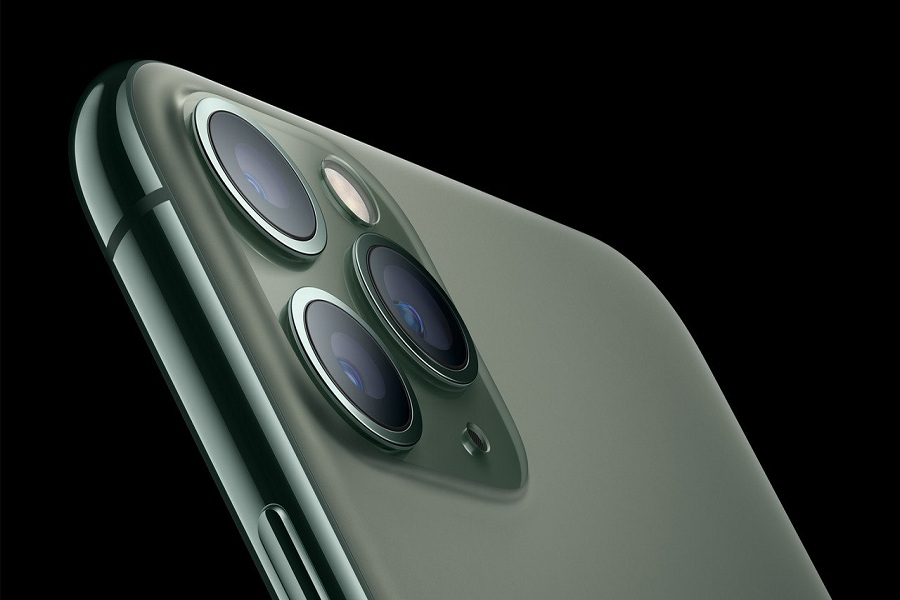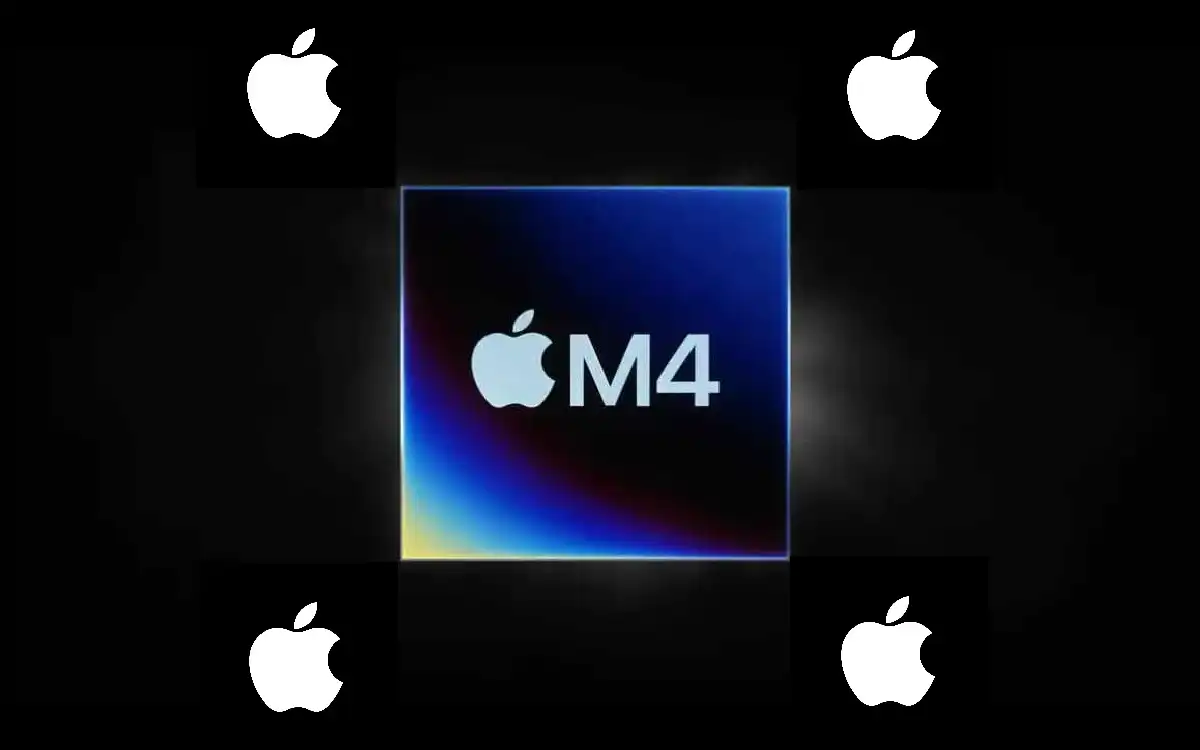Apple has once again pushed the boundaries with its latest silicon marvel: the Mac M4 chip. This innovative processor, set to power the upcoming MacBook Pro lineup, represents a significant leap forward in both performance and efficiency. As benchmarks and early tests emerge, it’s clear that the M4 is poised to redefine what users can expect from their laptops, especially in demanding tasks like video editing, gaming, and AI-driven applications.
Recent Released: How To KidKare Login on iPhone And Add Shortcut
Introduction
Apple discovers its next-generation Mac M4 chip, the latest addition to its custom silicon family. Building upon the success of its predecessors, the Mac M4 chip promises to deliver unprecedented levels of performance while maintaining the energy efficiency that has become a hallmark of Apple’s chip designs. In this article, we’ll dive deep into the capabilities of the Mac M4 chip, exploring its architecture, benchmarks, and real-world implications for users across various disciplines.
The Mac M4 chip: A Technical Overview

Architecture and Specifications
At the heart of the Mac M4 chip lies a sophisticated architecture that pushes the boundaries of what’s possible in a laptop processor. Let’s break down the key specifications:
- CPU Configuration: The M4 boasts a 10-core CPU, featuring four high-performance cores and six efficiency cores. This balanced approach allows for optimal handling of both intensive tasks and background processes.
- Clock Speed: With a base clock speed of 4.41 GHz, the Mac M4 chip delivers snappy performance across a wide range of applications.
- Manufacturing Process: Built on advanced 3-nanometer technology, the Mac M4 chip packs an impressive 28 billion transistors into its compact die.
- Neural Engine: The upgraded neural engine can handle up to 38 trillion operations per second, a significant boost for AI and machine learning tasks.
Benchmark Performance
Early benchmarks have revealed the true potential of the Mac M4 chip, showcasing impressive gains over its predecessor, the M3. Here’s a breakdown of the key performance metrics:
- Geekbench Scores:
- Single-core: Approximately 3,800
- Multi-core: Around 15,000
- These scores represent a 26.7% increase in single-core performance and a 30.6% increase in multi-core performance compared to the M3 chip.
- Graphics Performance:
- OpenCL benchmark: 38,153 (25% improvement over the M3)
- Metal score: 57,603 (20% boost over the M3)
These numbers translate to real-world improvements in various applications, from video editing to gaming and beyond.
Comparative Analysis: M4 vs. M3
To truly appreciate the advancements brought by the Mac M4 chip, it’s essential to compare it directly with its predecessor, the M3. Here’s a comprehensive table highlighting the key differences:
| Feature | Mac M4 chip | M3 Chip | Improvement |
| CPU Cores | 10 (4 performance, 6 efficiency) | 8 (4 performance, 4 efficiency) | +2 cores |
| Base Clock Speed | 4.41 GHz | 4.05 GHz | +8.9% |
| Transistor Count | 28 billion | 25 billion | +12% |
| Manufacturing Process | 3nm | 5nm | 2 generations |
| Single-Core Geekbench Score | ~3,800 | ~3,000 | +26.7% |
| Multi-Core Geekbench Score | ~15,000 | ~11,500 | +30.6% |
| GPU Cores | 10 | 10 | No change |
| Metal Score | 57,603 | ~48,000 | +20% |
| Neural Engine Operations | 38 trillion/second | 18 trillion/second | +111% |
| Memory Bandwidth | 120 GB/s | 102.4 GB/s | +17.2% |
This table clearly illustrates the significant improvements across various aspects of the chip’s design and performance, highlighting why the M4 is generating so much excitement in the tech community.
Real-World Performance: Video Editing and Creative Tasks
One of the most anticipated aspects of the Mac M4 chip is its performance in real-world scenarios, particularly in demanding creative tasks like video editing. The Mac M4 chip’s architecture has been optimized to handle these intensive workflows with ease, offering several key advantages:
4K Video Editing Capabilities
The Mac M4 chip excels in handling 4K video editing tasks, thanks to its powerful CPU and GPU combination. Editors can expect:
- Smooth playback of high-resolution footage without dropped frames
- Faster rendering times for complex projects
- Improved responsiveness when applying effects and transitions in real-time
Advanced Media Engine
The M4’s media engine has been enhanced to support a wide range of video codecs, including:
- H.264
- HEVC
- ProRes
- Hardware acceleration for AV1
This comprehensive codec support ensures that editors can work with virtually any type of footage without compatibility issues or performance bottlenecks.
Software Optimization
Popular video editing software like Final Cut Pro and LumaFusion have been optimized to take full advantage of the Mac M4 chip’s capabilities. Users have reported significant improvements in:
- Project loading times
- Effect application speed
- Export times for finished projects
Battery Life During Intensive Tasks
Perhaps one of the most impressive features of the Mac M4 chip is its ability to maintain high performance levels while conserving energy. Video editors can now work on complex projects for extended periods without being tethered to a power outlet. This balance of power and efficiency is a game-changer for professionals who need to edit on the go.
Gaming Performance: A New Frontier for Mac
Traditionally, Macs have not been the go-to choice for serious gamers. However, the Mac M4 chip is set to change this perception, offering impressive gaming capabilities that rival dedicated gaming laptops. Here’s how the Mac M4 chip enhances the gaming experience:
Multi-Core Optimization
The M4’s 10-core CPU, with its higher multi-core score, translates to better handling of modern games that utilize multiple threads. This results in:
- Smoother gameplay with higher and more consistent frame rates
- Improved performance in open-world games with complex AI and physics simulations
- Faster loading times for large game assets
Enhanced Graphics Capabilities
The 10-core GPU in the Mac M4 chip brings significant improvements to graphics rendering:
- Support for hardware-accelerated ray tracing, enabling more realistic lighting and shadow effects
- Mesh shading capabilities for more detailed and complex game environments
- Higher resolution textures and more immersive visual effects
Energy Efficiency for Extended Gaming Sessions
The M4’s energy-efficient design allows for longer gaming sessions without significant performance degradation due to thermal throttling. This means:
- Consistent frame rates throughout extended play sessions
- Less battery drain during gaming, allowing for longer unplugged gameplay
- Quieter operation, as the efficient chip requires less aggressive cooling
Growing Game Library
As the performance of Apple silicon continues to improve, more game developers are optimizing their titles for Mac. This trend is expected to accelerate with the Mac M4 chip, potentially bringing a wider variety of AAA titles to the Mac platform.
AI and Machine Learning: Unleashing New Possibilities
The Mac M4 chip’s enhanced Neural Engine opens up new frontiers in AI and machine learning applications on Mac devices. With the ability to perform up to 38 trillion operations per second, the Mac M4 chip excels in tasks such as:
- Natural language processing for more accurate voice recognition and text analysis
- Image and video recognition for advanced photo and video editing applications
- Machine learning model training and inference for data scientists and researchers
This improved AI performance has far-reaching implications across various fields, from academic research to creative industries and beyond.
Energy Efficiency: The M4’s Hidden Superpower
While the performance gains of the Mac M4 chip are impressive, its energy efficiency is equally noteworthy. Built on a 3nm process, the M4 chip manages to deliver its enhanced performance while consuming less power than its predecessors. This efficiency translates to:
- Longer battery life during everyday tasks
- Sustained performance during intensive workloads without excessive battery drain
- Cooler operation, reducing the need for aggressive fan speeds and improving overall user comfort
The Mac M4 chip’s ability to maintain high performance levels while conserving energy is a testament to Apple’s commitment to balancing power and efficiency in its chip designs.
Finally
The Apple Mac M4 chip represents a significant leap forward in mobile computing technology. Its impressive performance gains across various benchmarks and real-world scenarios, coupled with its energy efficiency, position it as a game-changer in the laptop market.
From video editors who can now work on complex 4K projects without compromise, to gamers who can enjoy AAA titles on their Macs, to researchers pushing the boundaries of AI and machine learning, the M4 chip opens up new possibilities for a wide range of users.
As software developers continue to optimize their applications for Apple silicon, we can expect even greater performance improvements in the future. The M4 chip not only sets a new standard for what’s possible in a laptop processor but also paves the way for future innovations in mobile computing.
The Apple Mac M4 chip is more than just an incremental upgrade; it’s a bold step towards a future where the lines between mobile and desktop computing continue to blur. As this technology matures and evolves, we can look forward to even more exciting developments in the world of personal computing.






